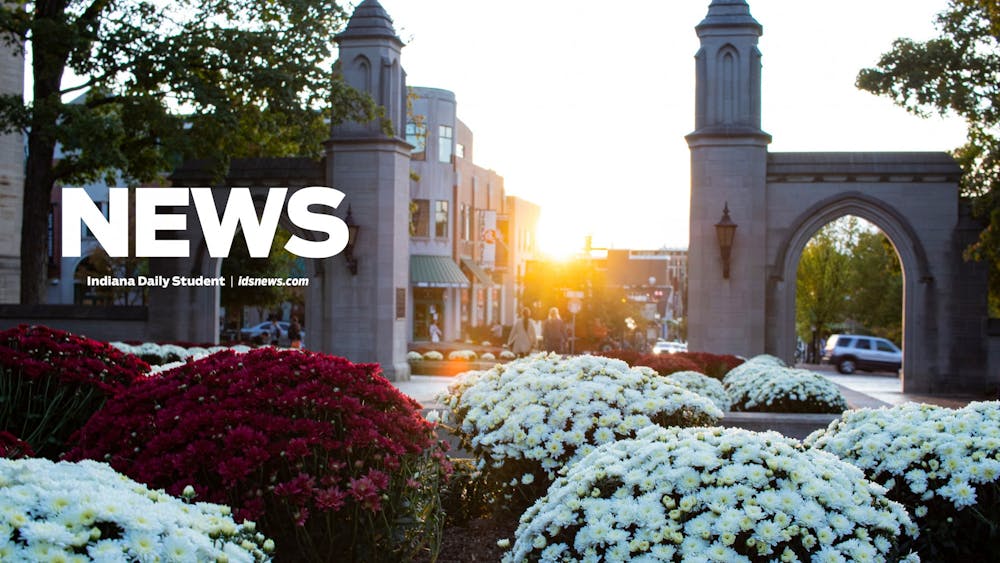The American Indian Student Association is searching for a new home after spring storms flooded its basement office, located in The GradHouse, 803 E. 8th St. The 6-by-7 foot space, lent by another organization, is only used for storage of books and posters from the last 10 years of events because the space is not large enough for someone to work in. \nThe main casualties of the flooding were posters from a decade of various AISA activities, said Rebecca Riall, co-chair of the Native American Graduate Student Association, which works closely with AISA. Since the damage was not discovered until a few weeks after the flooding there was no saving most of the historical items.\nDespite the damage, however, Riall believes the flood could be just the motivation needed to finally bring a full-fledged American Indian cultural center to IU. The idea has been discussed since 1998, but never seriously pursued.\n"We are the only major racial group on campus not to have our own cultural center," Riall said. "We need to bring it to IU for future generations."\nIn creating the cultural center, AISA also hopes to salvage one of the historic buildings on campus currently scheduled for demolition, Riall said. \n"The school is going to spend $200,000 to demolish the Kappa Sigma house," Riall said. "Instead, they could give us that money to start \nrenovating the building for a cultural center. Though we'd like to get more funding from the school, we can also apply for a number of grants to help fund the project."\nIU officials had not yet heard about the proposal, said Larry MacIntyre, director of IU Media Relations. University administrators have told the IDS renovations to the former Kappa Sigma house are \nprohibitively expensive. \n"If this group has a proposal, we would like to hear what it is and give it serious consideration," MacIntyre said. \nThe group is currently working on gathering community support, Riall said. They will write a detailed proposal and hope to present it within the next week of school. If all goes well, they hope that they will have a cultural center by next fall, she said. \n"We'll be able to have meeting spaces, a computer lab and a library for research," Riall said. "Right now I have over 100 books that people have donated in my attic because there's nowhere else to store them."\nHaving a cultural center is especially important to American Indian students, NGSA co-chair Joseph Stahlman said. Many American Indians come from small, close-knit communities where they have a certain role. When going away to college and entering the mainstream, they lose that sense of identity, he said.\n"When American Indians move to a university, they can lose their identity," Stahlman said. "They feel lost, and sometimes they end up going home."\nHaving a cultural center would make American Indian students feel more at home on campus, Jayme Smith, president of AISA, said. A registered member of the Sisseton-Wahpeton Oyate tribe, Smith spent about half her childhood living with her mother on a tribal reservation in South Dakota. \n"I came to IU and started looking for a Native American group right away," Smith said. "It took a long time to find. I even went to the black cultural center and they didn't know anything about it." \nSmith eventually located AISA through the Latino cultural center, La Casa. Since then, her fellow group members have made her first year at IU more manageable. \n"It didn't hit me until I got here just how small the American Indian population at IU is," Smith said. "(AISA) has become my home away from home, my family away from family."\nMost of the other schools in the Big Ten have cultural centers for American Indians, Riall said. She attributes the lack of a significant American Indian population at IU -- she estimates there are about 90 students who culturally identify as American Indian -- to not having the support system that comes with having a cultural center. \n"The need for a physical space is even more important for American Indians," Riall said. "A lot of us come from close-knit communities, so the idea of coming to college without a space is overwhelming"
American Indian group seeks space
IU to look into association's Kappa Sigma proposal
Get stories like this in your inbox
Subscribe





